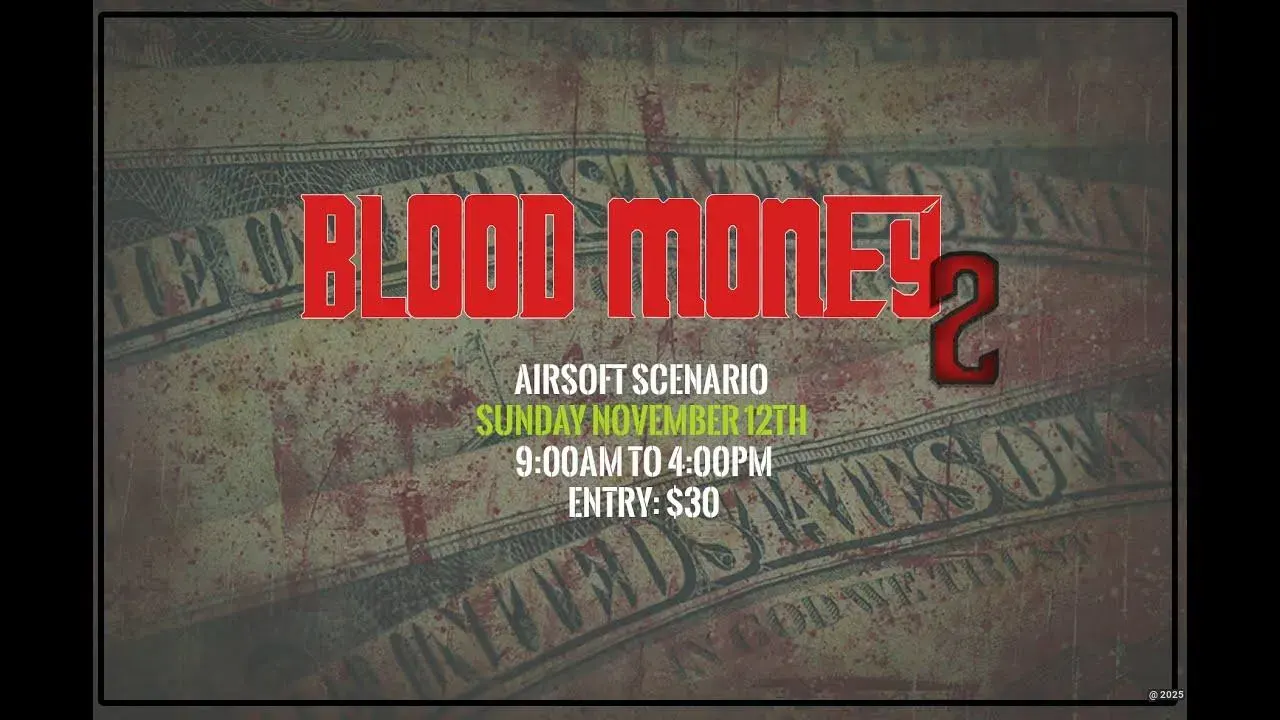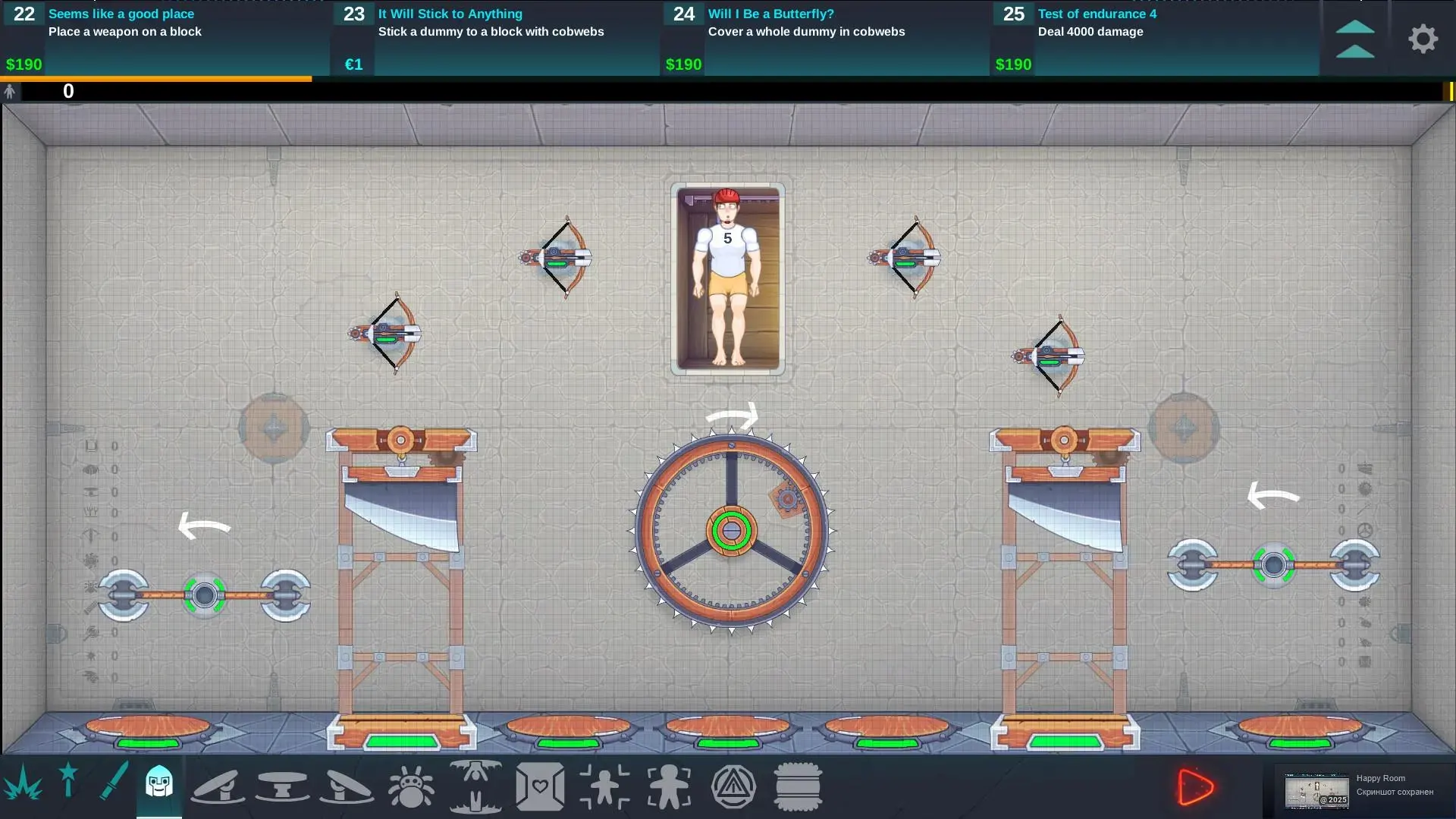BLOODMONEY! All Endings features six distinct conclusions that vary dramatically based on player choices throughout the game.
BLOODMONEY! All Endings transforms standard mission gameplay into an intricate web of choices and outcomes. Players navigate through branching storylines where each decision shapes their path toward multiple possible conclusions. From saving hostages to destroying crucial evidence, every action carries weight and can trigger hidden mission sequences or alter faction relationships.
Key Features:
- Six unique endings reflecting player decisions
- Branching mission structures that change based on choices
- Hidden objectives that only appear under specific conditions
- Dynamic faction relationships that evolve with player actions
- Strategic save system for exploring different paths
The game rewards careful planning and observation. Small details like graffiti or intercepted messages often hint at alternative routes or secret objectives. While a single playthrough might take 4-5 hours, discovering all endings requires around 20+ hours of strategic gameplay and experimentation.
This system creates genuine replay value, as each new attempt can reveal previously undiscovered content. Whether players prefer stealth, combat, or diplomatic approaches, BLOODMONEY! offers meaningful paths that cater to different playstyles while maintaining narrative consistency.
BloodMoney All Endings
Each run feels like a new puzzle, where my actions ripple through the story in ways I never saw coming. The game’s genius lies in how it handles player choice – we’re not just picking dialogue options, we’re reshaping entire missions through our actions.
Let me break down the key decision points that matter most. When you save a hostage early on, it might seem like a simple good deed. But that choice can unlock hidden paths or close off others completely. I learned this the hard way when saving one informant led to a completely different ending than letting them face their fate. The game remembers these choices, and there’s no going back once you’ve made them.
What really gets me excited is how the enemy AI adapts to your choices. If you play aggressively in early missions, rival factions will beef up their security in later levels. But show mercy, and you might find unexpected allies willing to help you out. It’s this dynamic reaction system that makes each playthrough feel fresh and unpredictable.
How to Play BloodMoney All Endings
Starting Strategy
- Begin with a reconnaissance run
- Focus on exploring rather than perfect execution
- Take notes on key decision points
- Pay attention to environmental storytelling
Advanced Techniques
- Use save slots strategically
- Track faction relationships
- Look for hidden objectives
- Test different combat approaches
I’ve found that the best way to tackle this game is to treat your first run as pure exploration. Don’t worry about getting everything right – just soak in the world and note down anything that seems important. Those weird symbols on the walls? That random conversation between guards? Trust me, they matter more than you’d think.
How to approach multiple endings
Getting all endings in BloodMoney isn’t just about replaying the game – it’s about playing it smart. I’ve developed a system that works wonders. First, I keep a detailed log of every major choice I make. This isn’t just about tracking obvious decisions; it’s about noting down subtle things like which evidence I destroy or which NPCs I interact with.
The game loves to hide its best content in plain sight. I once discovered a completely new ending just because I decided to ignore the main objective and explore a seemingly empty warehouse. That’s why I always tell players to question everything. If something feels off or unusual, it’s probably worth investigating.
Here’s a neat trick I discovered: some endings actually require you to fail certain missions in specific ways. It goes against every gaming instinct we have, but sometimes the ‘wrong’ choice leads to the most interesting outcomes. The key is to be methodical but also willing to experiment with unconventional approaches.
Features of BloodMoney All Endings
| Feature | Impact |
|---|---|
| Dynamic Mission Structure | Missions change based on previous choices |
| Faction Memory System | NPCs remember and react to past actions |
| Hidden Objectives | Secret goals unlock special endings |
The game’s most impressive feature is how it weaves player choice into its core systems. Every mission feels like a living puzzle that shifts and changes based on your actions. I’ve played through the game six times now, and I’m still finding new ways missions can play out.
Similar Games
Final Words
BloodMoney stands as a masterpiece of player-driven storytelling, offering six distinct endings that showcase the impact of player agency. The game’s strength lies in its organic approach to choice and consequence - each action ripples through the narrative, creating unique paths that feel natural rather than forced.
Players who invest time in the game’s world find their decisions matter beyond simple binary choices. A rescued hostage might become a vital ally, while an eliminated target could spark unforeseen consequences. The game’s AI adapts to play styles, making each run feel personal and distinctive.
The strategic depth shines through the game’s 20+ hour completion time, with each ending requiring specific conditions and careful planning. Secret objectives and hidden mission sequences reward observant players, while the dynamic faction system ensures actions have lasting consequences.
BloodMoney proves that meaningful choice in gaming goes beyond dialogue options. Through its intricate mission design and responsive world, it creates an experience where every playthrough tells a different story.
Whether through stealth, combat, or diplomacy, players craft their own narrative while maintaining the game’s core integrity. This blend of freedom and structure makes BloodMoney a standout achievement in branching narrative design.


























